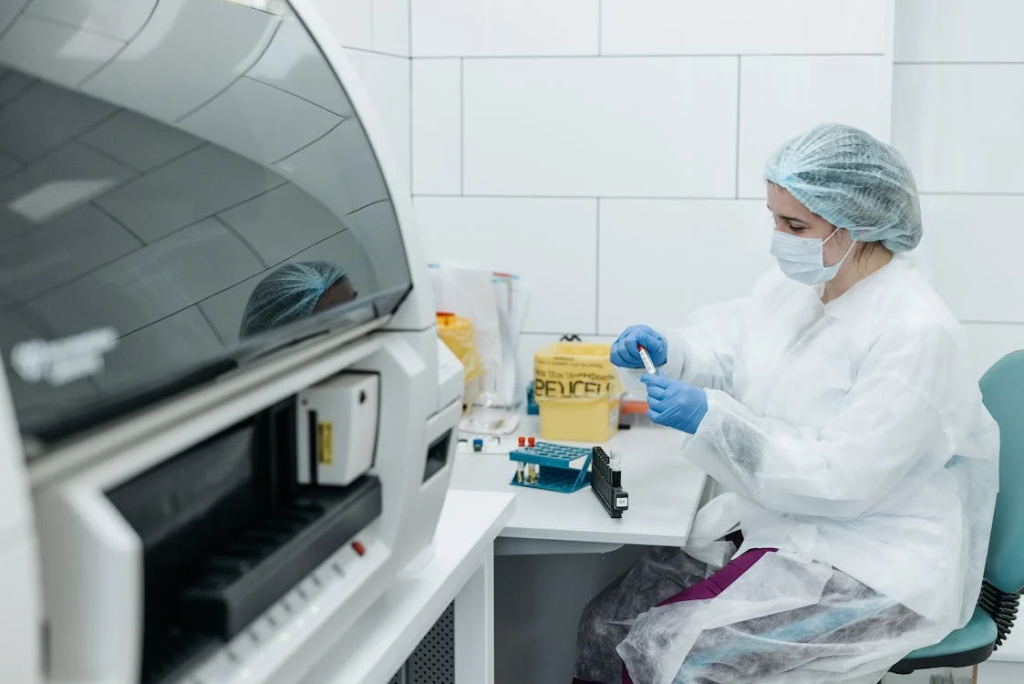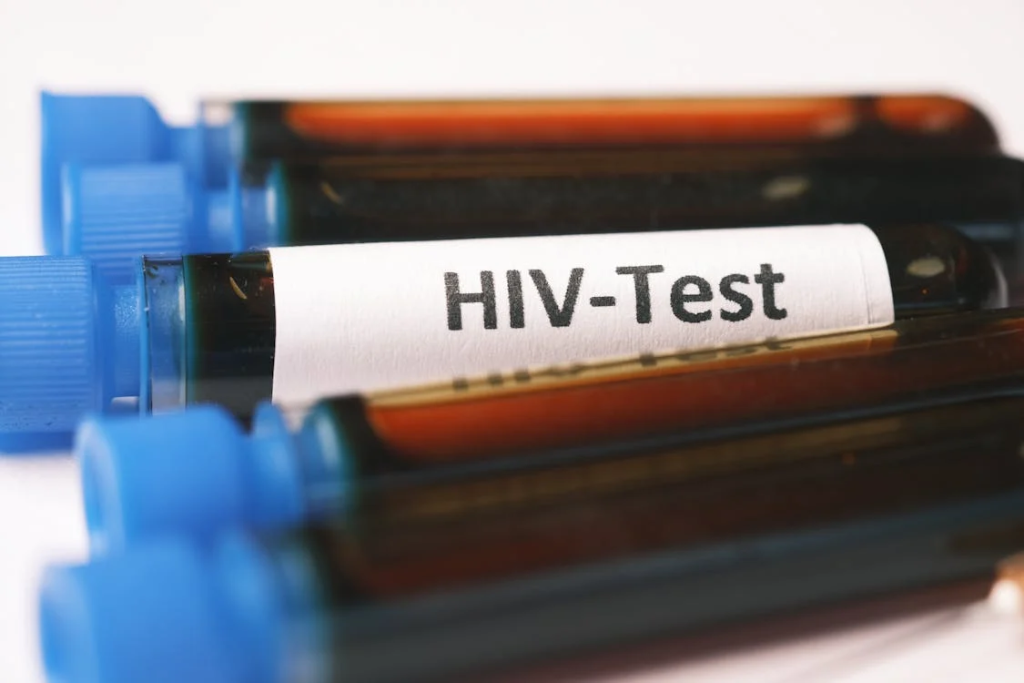Scientists achieved remarkable progress in HIV gene editing research using CRISPR technology to eliminate viral DNA from infected cells. With current HIV medicines only inhibiting the virus, this therapy aims to eradicate the virus from the body entirely. The University of Amsterdam team successfully demonstrated proof-of-concept results, while Excision BioTherapeutics advanced to human clinical trials on this treatment. However, researchers emphasize that HIV gene editing therapies may be promising but more work is needed. Researchers need to determine the efficacy and safety of these therapies before implementing them in clinical applications.
CRISPR Technology Against HIV

CRISPR operates like molecular scissors, cutting DNA at specific locations to remove harmful genetic material. The Nobel Prize-winning technology targets HIV DNA integrated into human immune cells with astounding accuracy. Scientists program CRISPR systems to recognize viral sequences and eliminate them while preserving healthy cellular functions. This approach differs fundamentally from current antiretroviral drugs that suppress viral replication without removing HIV permanently. CRISPR’s accuracy allows researchers to attack HIV hiding spots that normal antiretroviral drugs cannot reach.
Read More: 68-Year-Old California Man Cured of Both HIV and Blood Cancer, Doctors Reveal
University of Amsterdam Demonstrates Laboratory Success

The Amsterdam research team eliminated HIV from infected cells in laboratory conditions using advanced CRISPR techniques. They presented preliminary findings at the ECCMID 2024 medical conference, emphasizing that their work is proof-of-concept. This means that it will not become a cure for HIV soon. Dr. James Dixon from the University of Nottingham noted that cell-based results require extensive validation before moving onto human therapy. The research shows promise but understands that important development work remains before impacting HIV patients. Laboratory success represents the first crucial step in implementing HIV gene editing approaches in future.
Excision BioTherapeutics Advances Human Clinical Trials

Excision BioTherapeutics conducted the first human trials of CRISPR-based HIV therapy using their candidate EBT-101. The San Francisco company treated three volunteers with HIV using intravenous gene-editing drug delivery approximately 1 year ago. Their treatment attacks hidden HIV genes inside cells to cure HIV completely. The company aims to cure HIV infection with a single intravenous dose of gene-editing therapy. EBT-101 specifically targets HIV-1, which represents approximately 95% of global HIV cases.
Clinical Trial Results Show Safety but Limited Efficacy

Initial 48-week data revealed no serious adverse events or dose-limiting toxicities in the first 3 trial participants. EBT-101 showed successful distribution within the body, with the therapy found in participants’ bloodstreams as intended. However, recent data shows that EBT-101 did not prevent HIV from returning when participants stopped their antiretroviral treatment.
The therapy proved safe and well-tolerated but failed to achieve the primary efficacy endpoint. Researchers gained valuable insights that will help them improve on CRISPR-based HIV treatments in the future, despite their limited success.
Read More: Against the Odds: Terminal Colon Cancer Patient Recovers After Experimental Therapy
Scientific and Safety Challenges

Dr. Jonathan Stoye from the Francis Crick Institute emphasized the extreme difficulty of targeting all HIV-infected cells throughout the body. Unintended side effects remain major concerns, potentially causing unintended genetic modifications with unknown long-term health consequences.
CRISPR treatments to all the places where HIV hides in the body presents immense technical challenges, due to HIV’s ability to hide in various body tissues. Many years will likely pass before any CRISPR-based therapy becomes standard medical practice. Extensive safety testing is required to ensure HIV gene editing doesn’t damage healthy cells.
HIV Biology Creates Persistent Treatment Challenges

HIV attacks immune system cells and uses their structures to replicate itself throughout the body. Even with effective antiretroviral treatment, some infected cells enter dormant states while retaining HIV genetic material. These dormant cells can reactivate and produce new virus cells if treatment stops, making a permanent cure extremely challenging.
Current HIV drugs effectively stop the virus from copying itself, but cannot eliminate dormant infected cells from the body. This explains why HIV gene editing research focuses on permanently deleting viral genetic material rather than just suppressing it.
Current HIV Treatment Provides Excellent Outcomes

Modern antiretroviral treatments allow people with HIV to achieve normal life expectancy and live fulfilling lives when taken consistently. Effective treatment reduces viral levels to undetectable amounts, preventing transmission to sexual partners. PrEP medication provides highly effective HIV prevention for at-risk individuals, available free through UK sexual health clinics. Most HIV patients require lifelong medication, but treatment effectiveness has transformed HIV from a fatal disease to a manageable chronic condition. These advances provide excellent quality of life while researchers pursue permanent cures through HIV gene editing.
Future Development Requires Optimized Delivery Methods

Excision BioTherapeutics plans to test higher EBT-101 doses in second cohort participants while exploring improved delivery systems. The company investigates lipid nanoparticles similar to COVID-19 vaccine technology as alternatives to current adeno-associated virus vectors.
Richard Angell from Terrence Higgins Trust acknowledges that HIV gene editing cures remain years away but represents important progress. Scientists possess the necessary tools to end new UK HIV cases by 2030 through comprehensive prevention and treatment strategies. HIV gene editing research provides hope for permanent cures while current approaches continue protecting public health effectively.
Read More: Is There Birth Control for Men? Exploring All Current and Upcoming Methods

